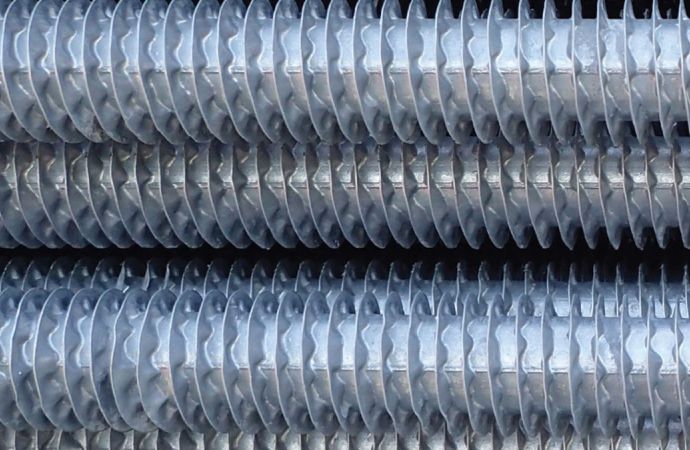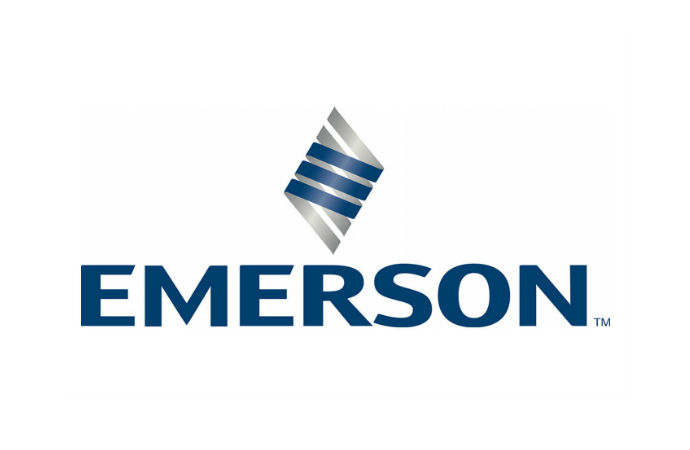XeCO2 platform allows remote monitoring and cuts energy consumption in two store retrofits.

São Paulo, Brazil
Image from Pixabay
Two wholesale supermarkets in São Paulo, Brazil were able to successfully install transcritical CO2 systems that utilize Emerson XeCO2 control technology in April and June during the COVID-19 pandemic, while keeping the stores open throughout the process.
Carlos C. Obella, Vice President of Engineering Services & Product Management with St. Louis, Missouri (U.S.)-based Emerson, credited much of the success to the system controls, which allow technicians to monitor functions remotely and cut energy consumption. He made those comments during a session at ATMOsphere America.
ATMOsphere America, organized by shecco, publisher of this website, was held online October 20 and 21 and concluded with a Latin America-focused program in Spanish on October 22.
“The final results prove that there are benefits in terms of both energy efficiency and control of transcritical systems,” said Obella. He estimates the control systems will provide a 20% reduction in energy consumption in comparison to a conventional booster transcritical system.
The installation involved collaboration among a local Brazilian manufacturer, an Italian system manufacturer, an Italian control/algorithm manufacturer, and a technicians and maintenance service from Brazil, said Obella.
Control challenges
Emerson’s XeCO2 retail application system consists of controllers for refrigerated cabinets and compressor racks/condensing units as well as monitoring and controlling systems. These are compatible with Emerson’s ProAct Connect enterprise management software.
The products under the Xe CO2 umbrella include:
- XM600 cabinet controllers, which feature superheat management and management of overfeed evaporators.
- iProRack controllers for transcritical CO2 booster racks. This includes management of heat recovery, gas cooler bypass, parallel compression and the de-superheater.
- XWEB controlling and monitoring system, which manages performance with XM600 and iProRack synchronization.
Obella cited several challenges when using controls in transcritical systems: optimizing efficiency in warm climates, more complex circuit designs that require more complicated control systems, and different types of ejectors and overfed evaporators that add complexity.
He credits these challenges as the motivation to developing and updating new and old control systems. This in turn, allows remote visibility with more analysis and control functions.
Obella believes that overfed evaporators are not always utilized to maximum efficiency because of the challenge in controlling the amount of liquid that goes through them. The increased suction pressure makes the system more efficient, but harder to control, requiring a control system to be installed in the cabinet to prevent internal temperatures from fluctuating.
The XeCO2 algorithm is meant to prevent these issues by synchronizing cooling and cooling capacity, increasing efficiency.
In these installations, ejectors were installed to reduce the medium temperature work of compressors, moving liquid or gas available in the suction line to the expansion tank as needed. In the expansion tank, advanced control of the regulator valve allows dynamic control of the pressure and optimization of parallel compression.
The final results prove that there are benefits in terms of both energy efficiency and control of transcritical systems."
Carlos Obella, Emerson
Related stories



